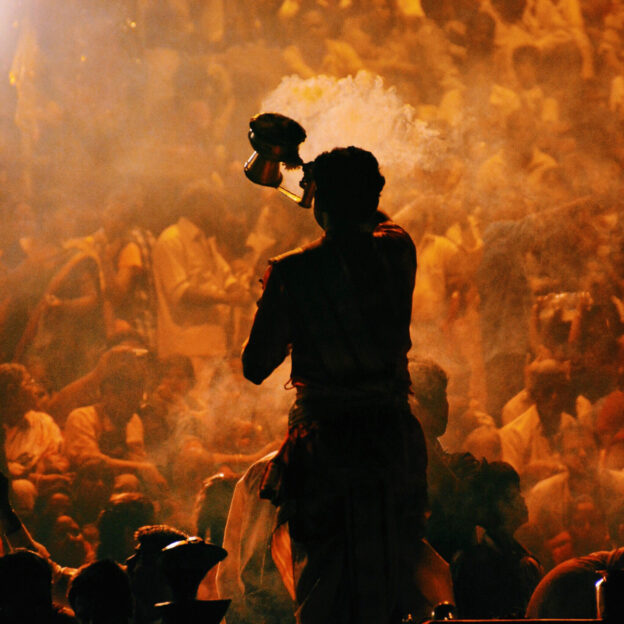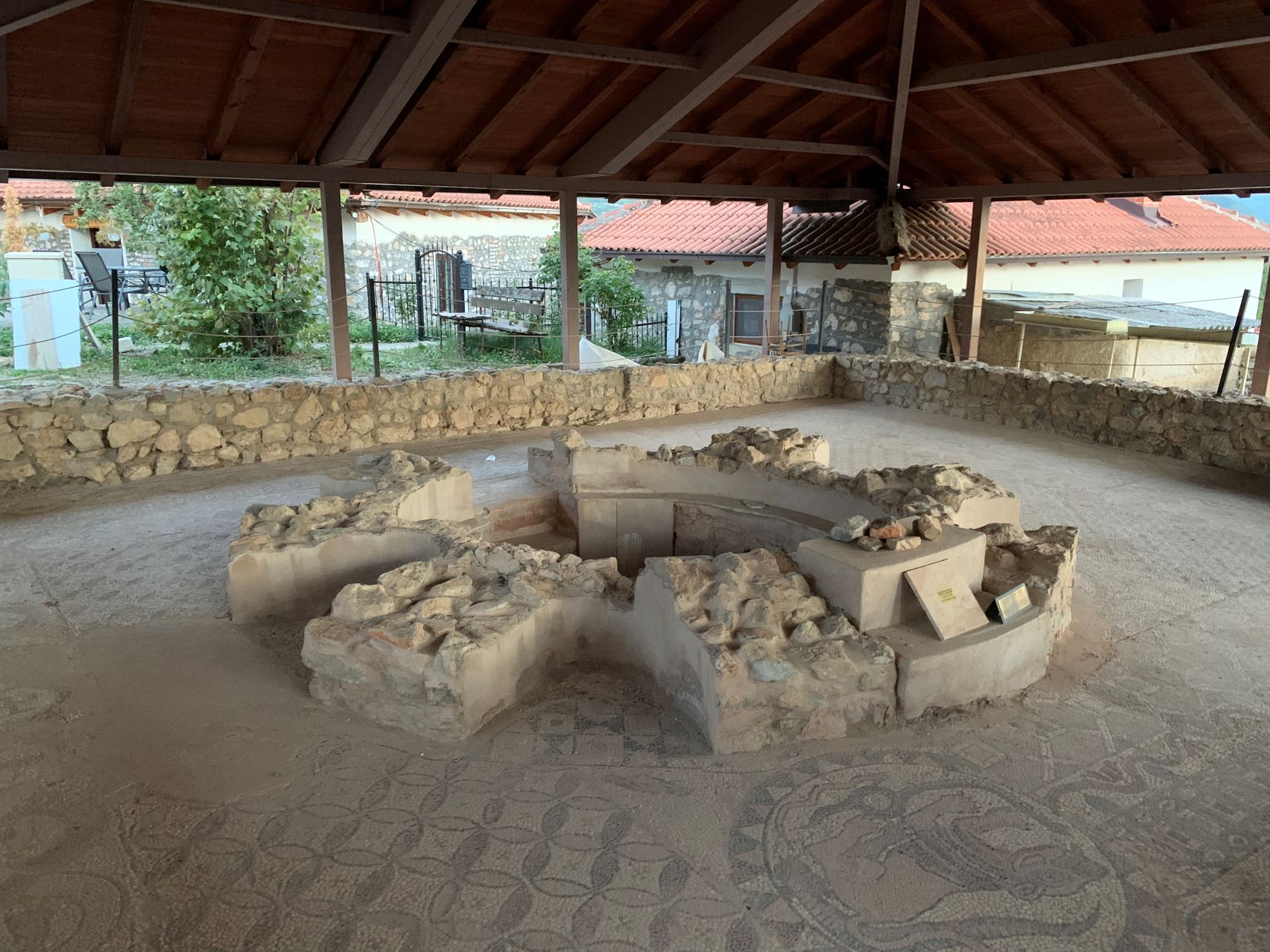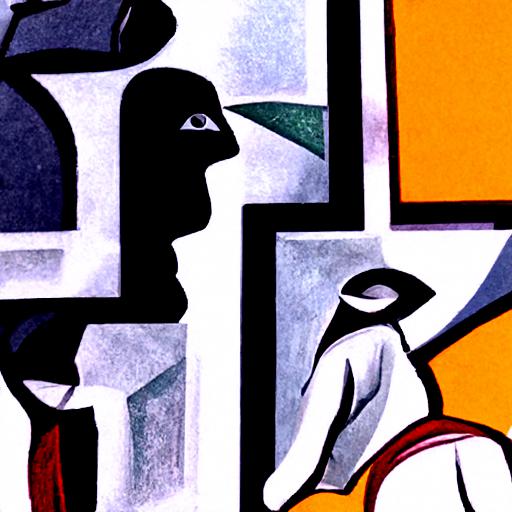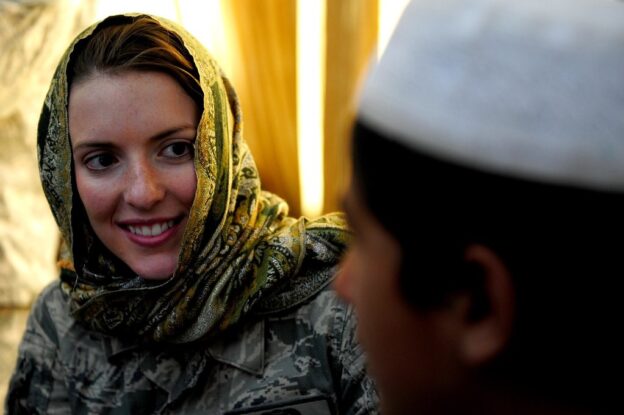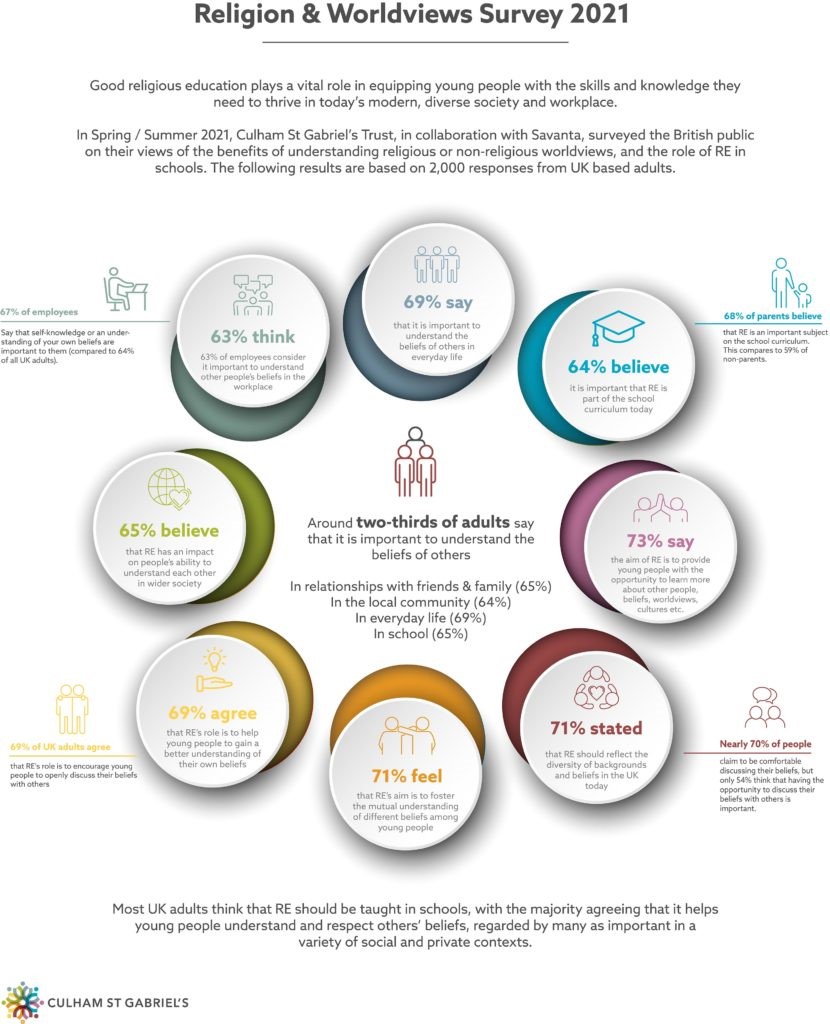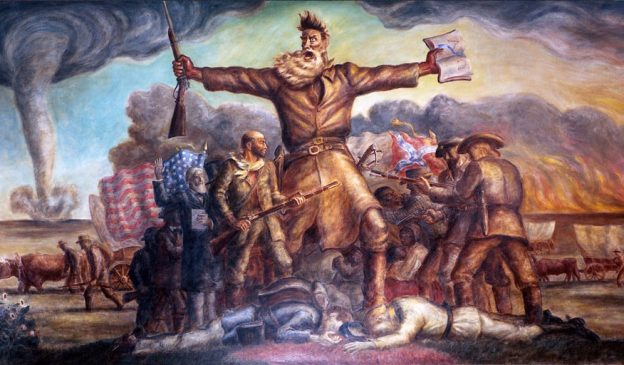By Dayal Paleri (Indian Institute of Technology Madras/University of Edinburgh)
Violent confrontations between the Hindus and Muslims in Leicester since late August have opened up new questions about the future of multiculturalism in the United Kingdom. This also underlines the global implications of the rise of religious and cultural nationalist ideologies in South Asia. In this respect, two points are noteworthy. First, one may observe a stark resemblance between the sequence of incidents in Leicester and instances of sectarian violence between Hindus and Muslims in India, or what is frequently referred to as the phenomenon of “communalism”.[1] Like many typical communal incidents in India, the tensions in Leicester started over an India- Pakistan cricket match that led to organised marches, provocative sloganeering, burning of religious flags and desecration of worship sites. More strikingly, as is quite prevalent in contemporary India, the Leicester row led to the emergence of a new discourse around the term “Hinduphobia”.[2] Shockingly, it was the opposition leader from Labour, Keir Starmer, who made a public appeal to “resist Hinduphobia”—a statement that not only echoed but legitimised the Hindu nationalist version of the events in Leicester as a one-sided attack on the Hindus.
This idea of “Hinduphobia” that implies the existence of systematic hatred against Hindus and thereby evokes perpetual victimhood of Hindus is central to the ideology of Hindu nationalism, or what is commonly known as Hindutva (Hinduness). Despite being an overwhelming majority in India, this is often used to legitimise anti-Muslim violence in contempoary India. Does the Labour leader’s invocation of “Hinduphobia” indicate growing acceptance of the ideas and vocabulary of Hindu nationalism in the diasporic and global contexts? This may still be an open question but it surely prompts us to think of the Leicester incident, not as isolated and/or spontaneous, but a consequence of the global rise of Hindu nationalism and its umbilical relationship with violence. Inevitably, we need to understand the fundamental tenets of Hindu nationalism in order to make sense of the intricacies of the recent events in Leicester.
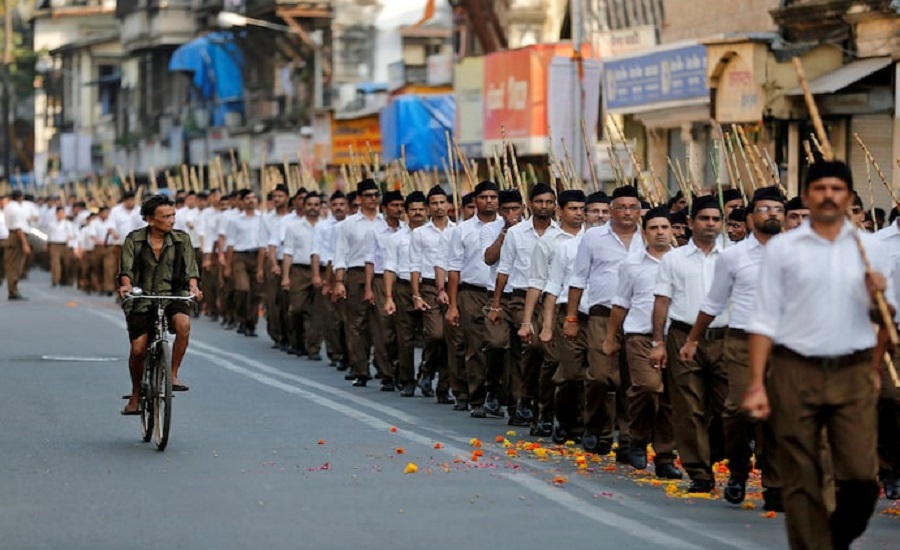
A man rides his bicycle past volunteers of the Hindu nationalist organisation Rashtriya Swayamsevak Sangh (RSS) taking part in the “Path-Sanchalan”, or Route March during celebrations to mark the Vijaya Dashmi or Dussehra in Mumbai, India October 11, 2016. REUTERS/Shailesh Andrade
Hindu Nationalism: The Politics of the “Other” and the “Self”
Like other similar supremacist ideologies, Hindu nationalism is rather one-dimensional and does not provide much room for complexity. To put it simply, it is a cultural nationalist ideology that perceives India as a civilisation that has existed since time immemorial but has undergone frequent colonisation over the years. An individual is accorded citizenship of this imagined Hindu nation not through conventional criterion such as their place of birth but based on the origins of their religion, or in other words, what they consider as their “holy land”. Obviously, this idea, therefore, places the citizenship of religious minorities, such as Muslims and Christians, under perpetual doubt as their holy lands are outside India. In this framework, equal citizenship and coexistence between Hindus and non-Hindus is impossible. In Hindu nationalist terms, the religious minorities are advised to keep their religious practices within the private sphere and to constantly proclaim their affinity to the perceived cultural whole of Hindutva. The idea of Hindu nationalism found its most coherent expression in the writings of V D Savarkar and took its organisational form through the Rashtriya Swayamsevak Sangh (RSS) that was formed in 1925.[3]
The independence movement of India grappled with the politics of Hindu nationalism and its assertion of cultural citizenship but it remained a marginal force throughout this period. In the decades after independence, India emerged as a democratic republic based on the idea of secular citizenship. However, the politics of Hindutva found its initial success during the 1980s and 1990s, often characterised as the era of Mandir (temple), Mandal and Market.[4] The year 2014 marked the rise to dominance of the ideology of Hindu nationalism, not just in politics but even within the civil society, and socio-cultural life in general. Since then, India has witnessed the phenomenon of everyday violence against minorities in the name of cow vigilantism, and “Love Jihad”.[5] One of the fundamental ideas of Hindu nationalism, that of unequal citizenship, was operationalised through the Citizenship Amendment Act (CAA Act), 2019 that introduced a new, religious criterion for citizenship and excluded only Muslim refugees from the neighbouring countries in South Asia from acquiring the citizenship of India.[6] The post-CAA period has perhaps inaugurated a new era of “legitimate violence” against minorities through successive legislative interventions such as the ban on Hijab, prohibition of religious conversion and bulldozing of “illegal” Muslim settlements. The mobs that perpetrate such instances of everyday violence now seem to enjoy sheer legal impunity. In sum, the ascendance of Hindu nationalists to power in India has systematically resulted in the use of violence as a form of enacting its idea of cultural citizenship, which inherently establishes an unequal form of citizenship between the “Hindus” and “non-Hindus”.
Scholars of Hindu nationalism have documented the long history of its involvement in anti-minority, particularly anti-Muslim, violence in India. That the Hindu nationalist vision of India, at its very core, is against peaceful coexistence with the “other” is part of the academic commonsense on Hindu nationalism. Many scholars have also pointed out the historical non-existence and contemporary impossibility of the Hindu nationalist idea of India as cultural/civilisational whole, due to its essentially diverse, plural and multiethnic nature[7]. The argument was that the Hindus have always been strictly divided on the basis of sectarian, linguistic, regional, and, most significantly, caste identities. With growing appeal of Hindu nationalist politics across regional and linguistic barriers, it appears that this faith in the innate diversity of Indian society acting as an antidote to Hindutva was perhaps inflated. A fuller understanding of Hindu nationalism demands an understanding not just of its “other” but also of its relationship with itself—the “Hindu nationalist self”. Hindutva is often defined in the Hindutva discourse as “a way of life”, then the question to ask is “whose way of life”?
If there is no pre-existing cultural unity, how does Hindu nationalist politics become so appealing across geographical terrains of India? One of the social thinkers who grappled with the question of cultural unity is Dr BR Ambedkar, and his writings provide us essential cues to understand the intricacies of Hindu nationalist perception of cultural unity. Ambedkar, in one of his early writings, points out the indubitable cultural unity that India possesses, which is bound by the system of caste[8]. For Ambedkar, “caste is a parcelling into bits of this larger cultural unit”, and any attempt to understand the cultural unity requires an understanding of the system of caste that binds it.[9] Ambedkar explained caste as a system of graded inequality in which all “Hindus” are necessarily divided into different caste communities that are placed in vertical series, one above the other, based on the principle of gradation and rank. This aspect of graded inequality is a feature of all spheres of life in India—social, political, religious and economic. Therefore, in Ambedkar’s conception, the internal structure of the “cultural unity” of India is the system of caste, in which different castes are placed in a hierarchical system based on the principle of graded inequality. Given this, how is the Hindu nationalist engaged in the making of a “Hindu nationalist self”?

